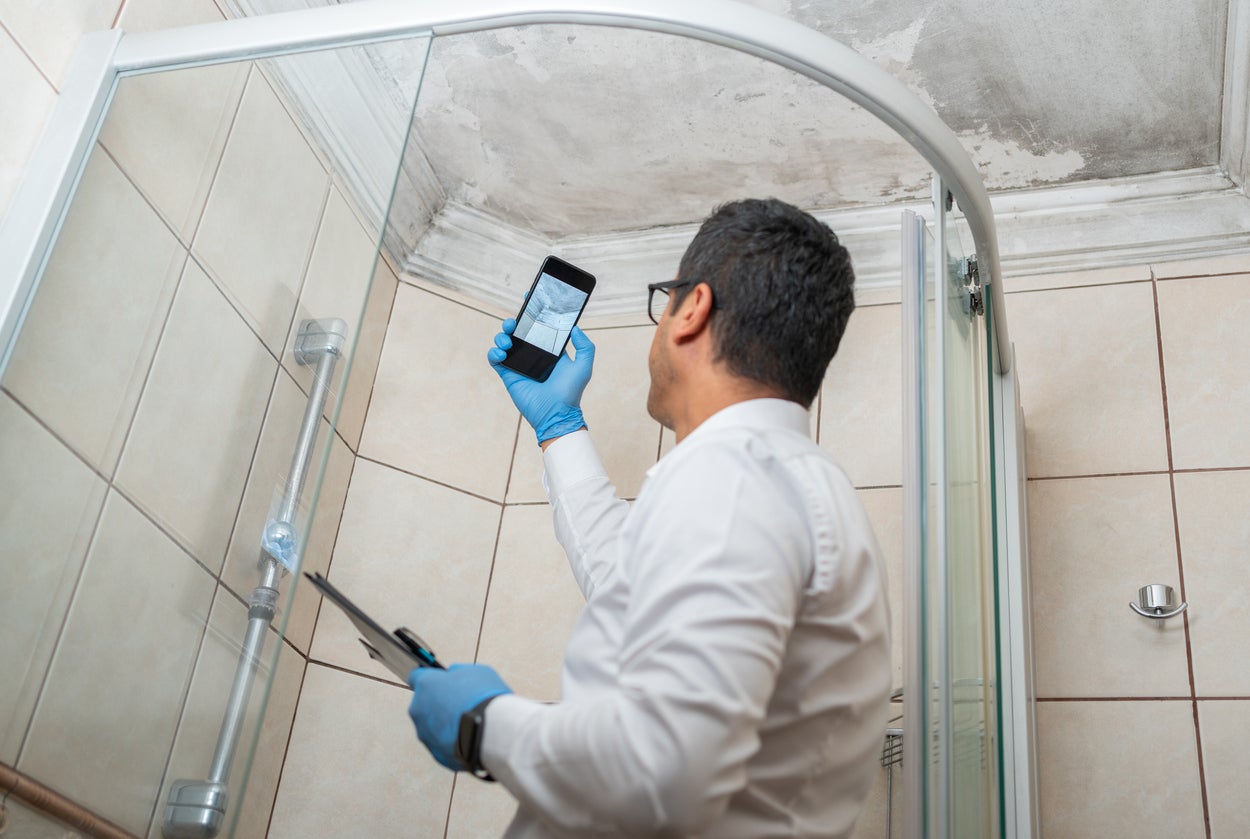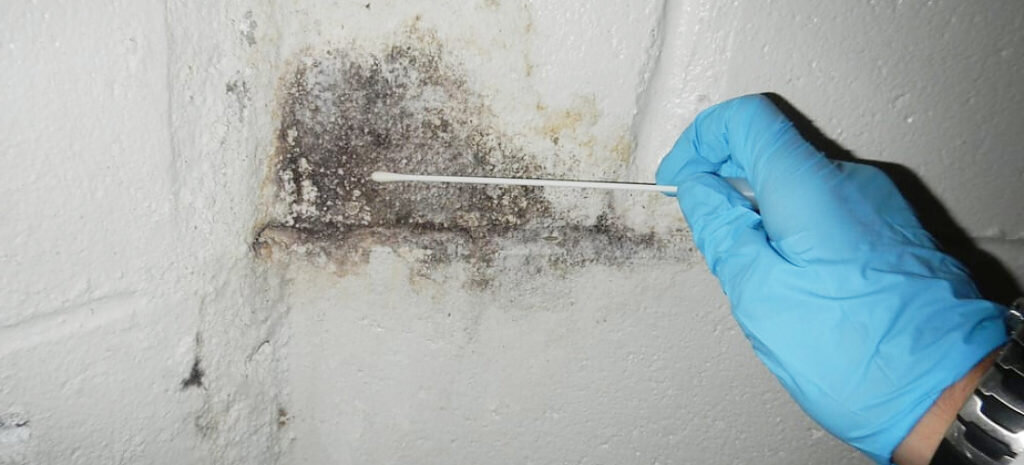Crucial Steps After Mold Remediation
Specialist Tips for Article Mold Remediation Success
In the realm of mold and mildew removal, efficiently getting rid of mold is only half the fight; real difficulty exists in stopping its reappearance. Post-remediation initiatives play a critical role in making certain a mold-free atmosphere in the long term. By sticking to expert pointers and finest techniques, people can secure their rooms versus mold and mildew rebirth and preserve a healthy indoor environment. It is in this phase of the remediation process that focus to detail and proactive actions truly make a distinction.
Monitor Moisture Levels Routinely
After finishing mold removal treatments, preserving optimal humidity levels is crucial to stop mold and mildew re-growth and make certain a healthy and balanced interior environment. High humidity levels above 60% produce a helpful setting for mold to grow, making routine checking a proactive procedure to avoid any kind of future mold problems.
Utilizing hygrometers or wetness meters can aid in precisely gauging humidity levels in various areas of the building. These tools give real-time data that allows removal professionals to make informed choices regarding ventilation, dehumidification, and various other required activities to keep perfect humidity levels post-remediation. In addition, developing a routine schedule for humidity checks, especially in high-risk locations such as cellars, kitchen areas, and restrooms, is an aggressive strategy to mold and mildew prevention. By constantly keeping an eye on moisture degrees, residential property owners can effectively reduce the risk of mold reoccurrence and preserve a healthy and balanced interior setting post-remediation.
Conduct Thorough Inspections Post-Remediation
Complying with the completion of mold and mildew removal procedures, it is necessary to perform comprehensive examinations to validate the effectiveness of the removal process. These post-remediation evaluations are essential in making sure that the mold and mildew issue has actually been successfully addressed and that there is no reappearance or remaining mold and mildew growth. Assessments ought to be executed by qualified specialists who have experience in identifying mold and mildew and examining indoor air high quality.
During these evaluations, different approaches such as visual evaluations, air sampling, and surface area tasting may be employed to completely review the remediated areas. Visual assessments entail an in-depth inspection of the premises to look for any type of noticeable signs of mold and mildew development or water damages. Air sampling helps in figuring out the air-borne mold spore degrees, while surface area sampling can find mold bits on surface areas.
Implement Appropriate Ventilation Approaches
After ensuring the effectiveness of the mold removal process with detailed evaluations, the next essential step is to focus on executing proper ventilation techniques. Adequate air flow is crucial in stopping mold and mildew reoccurrence by managing wetness degrees and promoting air circulation.
Appropriate air flow not only aids in preventing mold and mildew growth however additionally adds to the total health and convenience of owners. By ensuring appropriate ventilation throughout the home, you can reduce the risk of mold regrowth and create a much healthier living atmosphere. Routine maintenance of air flow systems, including cleaning and filter substitutes, is vital to sustaining reliable ventilation. Consulting with cooling and heating professionals can supply additional insights into maximizing ventilation techniques for your specific residential property requirements.

Usage Mold-Resistant Products for Fixes
To improve the lasting efficiency of mold and mildew remediation efforts, including mold-resistant materials for repair services is essential in mitigating the threat of future mold development. Mold-resistant products are developed to endure wetness and prevent mold and mildew development, making them a vital option for locations susceptible to dampness and moisture. When fixing areas influenced by mold and mildew, using materials such as mold-resistant drywall, mold-resistant paints, and mold-resistant caulking can help protect against mold and mildew recurrence.
Mold-resistant drywall is an outstanding option to typical drywall in locations like shower rooms and basements where wetness degrees are higher. When subjected to damp conditions, this kind of drywall has an unique covering that withstands mold development also. Furthermore, utilizing mold-resistant paints including antimicrobial representatives can additionally inhibit mold growth on wall surfaces and ceilings.
In areas where wetness is typical, such as restrooms and cooking areas, using mold-resistant caulking around home windows, tubs, a fantastic read and sinks can aid seal out water and prevent mold and mildew from holding in splits and holes. By buying these mold-resistant products during repair services post-remediation, you can significantly reduce the possibility of future mold and mildew problems and keep a healthier interior atmosphere.
Maintain Tidiness and Address Water Issues
After mold removal, it is vital to keep a clean environment to protect against the regrowth of mold. Leaks, water breach, or high humidity levels can create the excellent breeding ground for mold and mildew, so it is her explanation essential to fix any water-related issues right away.
To preserve sanitation, consider using HEPA filters in vacuums and air cleansers to catch mold and mildew spores and prevent their circulation airborne. Furthermore, guaranteeing correct air flow in locations prone to moisture accumulation, such as bathrooms and kitchen areas, can help maintain moisture degrees in check. By remaining alert concerning sanitation and resolving water concerns immediately, you can efficiently prevent mold reinfestation and maintain a healthy interior setting.
Conclusion

In the world of mold and mildew removal, efficiently eliminating mold and mildew is only half the fight; the true difficulty lies in avoiding its reappearance. After finishing mold remediation treatments, keeping ideal humidity levels is vital to protect against mold and mildew re-growth and make sure a healthy and balanced interior setting. High moisture levels above 60% produce a favorable environment for mold and mildew to flourish, making regular checking a proactive measure to stop any kind of future mold and mildew problems.
To enhance the long-term effectiveness of mold and mildew remediation initiatives, including mold-resistant products for repair work is vital in minimizing the danger of future mold development. After mold remediation, it is critical to maintain a tidy environment to avoid the regrowth of mold.